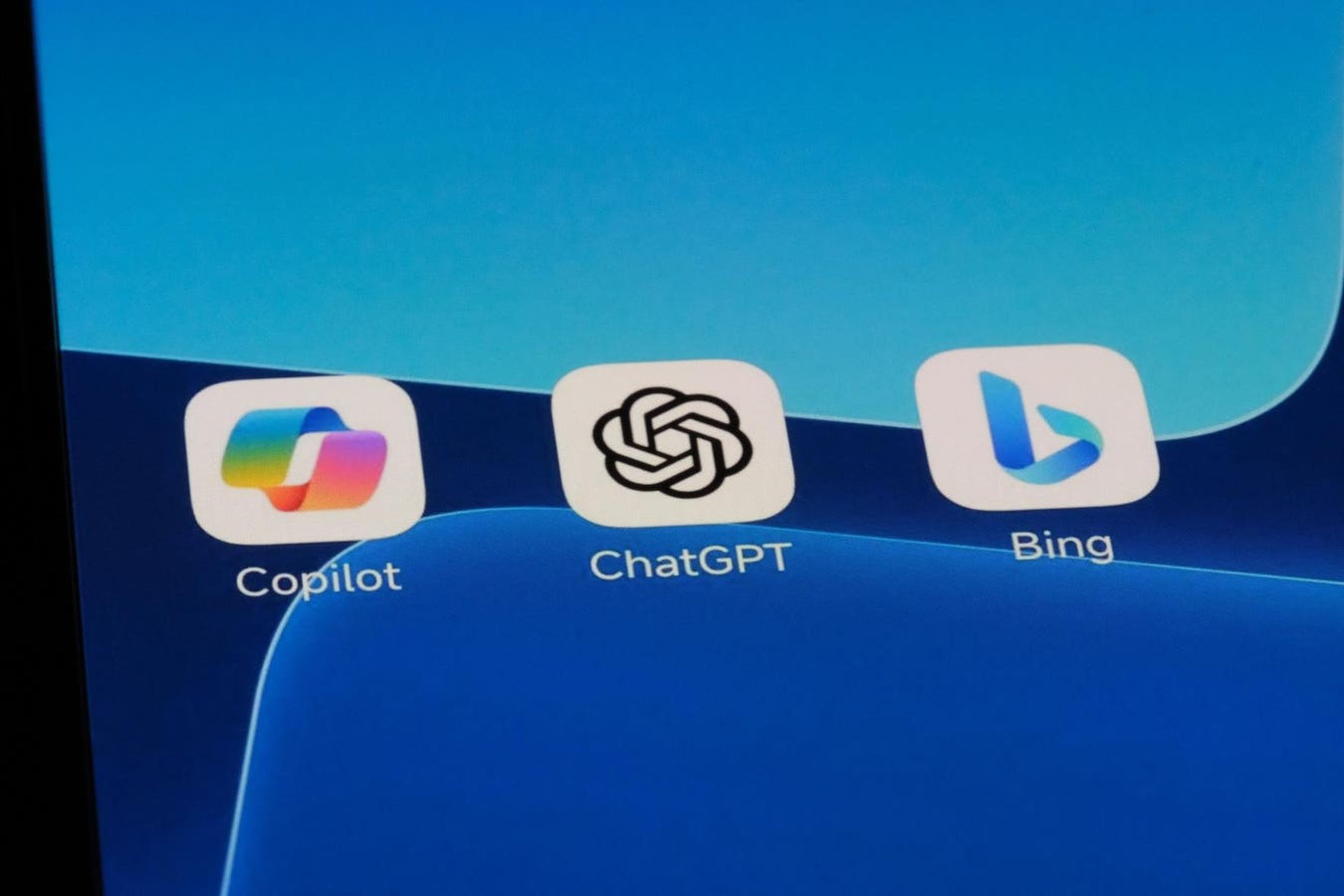By C200 Member Lauren Herring
AI is now influencing some of the most difficult decisions companies make, including who stays and who goes. As headlines about AI-driven layoffs continue to spread, it’s no wonder many employees see automation as a threat. But the story is more complex. While AI can automate and sometimes replace human tasks, it can also provide alternatives to layoffs, like retraining and job rotations.
Beyond supporting internal decision-making, AI can also make the layoff process smoother for employees. Just as it’s used to enhance recruitment and hiring to improve the candidate experience, AI can be applied to outplacement, helping employees navigate the job search more efficiently and with greater confidence.
AI tools are now part of the job search process on both sides, used by candidates to tailor applications and by hiring teams to screen them. That’s why it’s important to work with an outplacement provider that understands how AI shapes both employer and job seeker experiences.
Pitfalls to Avoid When Using AI for Layoffs
A Gallup survey revealed that 75% of Americans believe AI will reduce the number of U.S. jobs over the next decade. Recent layoff announcements have only intensified these concerns. When AI appears to be driving job cuts without transparency or human oversight, it reinforces fears that technology is being used without fairness or compassion. To maintain trust, employers must approach AI-assisted workforce decisions with care.
Here are key missteps to avoid when using AI in layoff planning:
1. Don’t make decisions based on inaccurate or incomplete data: AI can only make recommendations based on the quality of its data inputs. For layoffs, these inputs might include employee skills, training records, performance history, and payroll information. However, if the data is limited or inaccurate, the likelihood of receiving flawed recommendations from an AI platform increases significantly. Gartner research predicts that up to one-third of generative AI projects will be abandoned by companies due to poor data quality and other factors.
2. Don’t assume AI and analytic tools are completely objective: Just as inaccurate data can skew AI recommendations, so can biased data. In fact, of the 98% of HR professionals surveyed by Capterra who plan to use software and algorithms to reduce labor costs, only half are confident that the technology will make unbiased recommendations. While bias-detection tools can help flag disparities in layoff decisions, they are not foolproof and should always be paired with human judgment and oversight.
3. Don’t over-rely on AI tools: Relying solely on AI for critical decisions is rarely advisable, and layoffs are no exception. For instance, when making layoff recommendations, AI tools may not accurately assess qualitative factors like an employee’s potential for future growth or their unique contributions to the company. Furthermore, overreliance on AI could lead to compliance mistakes, such as miscalculating notice periods and severance agreement terms.
4. Don’t ignore transparency concerns and requirements: States are increasingly seeking to regulate how companies disclose the role of AI in employment decisions. For example, New York will be the first state to amend its Worker Adjustment and Retraining Notification (WARN) law to require employers to disclose when mass layoffs are linked to the use of AI.
Ways to Use AI Effectively in Layoffs
While AI is playing a growing role in workforce reductions, it can also improve the layoff process for everyone involved. It enhances efficiency, supports more informed decision-making, and can help promote greater fairness for employees.
The following practices can guide organizations in using AI responsibly and effectively during layoffs:
1. Identify layoff alternatives: AI can analyze extensive employee data sets to enhance layoff scenario planning, even identifying potential alternatives to layoffs. For example, it can highlight individuals with unique qualifications who should be retained and suggest opportunities for reskilling and redeployment to other roles. Companies like IKEA and Deloitte successfully implemented this approach by using AI to reskill and reallocate employees rather than lay them off.
2. Automate severance processes: AI tools have long been capable of streamlining a variety of administrative tasks. In the context of layoffs, this includes calculating final paychecks and severance packages, ensuring employees receive the correct notice periods, and tracking employee layoff communications.
3. Improve employee offboarding: Despite a Pew Research survey showing that most US adults oppose using AI in workplace decisions, including layoffs, AI actually benefits employees. For example, it can personalize exit experiences to meet the unique needs of affected employees, such as recommending outplacement services based on their role, tenure, and location.
4. Track post-layoff outcomes: AI tools can help HR teams understand the after-effects of layoffs, such as identifying which employees which might be suitable for rehire.
Human-Powered Outplacement in the Age of AI
As technology increasingly replaces the human element in many processes, maintaining a personal touch in outplacement is more important than ever. AI tools can support job seekers by helping them build and refine their resumes, or by analyzing how well their LinkedIn profile aligns with specific job openings. These tools offer practical, data-driven insights that can streamline the job search, but they work best when combined with personalized guidance and support.
However, AI has distinct limitations in outplacement. Many organizations are now grappling with employee “zombies” — individuals who feel isolated, disconnected, and even depressed after a layoff. Surveys of our outplacement participants over the years reveal a consistent trend: people value their relationship with their outplacement coach above all other elements of the program, even more than AI-assisted resume development.
While AI can streamline certain aspects of employee offboarding, it should never replace the valuable emotional support and personalized guidance that only an experienced outplacement career coach can provide. Instead, AI should complement and enhance the outplacement process, making the transition smoother and more efficient for affected employees.
Here are some examples:
- AI-powered chatbots: These tools complement the work of career coaches by providing personalized communication and relevant outplacement resources to the employee.
- AI for resumes and job-seeker profiles: AI tools can optimize and customize resumes, cover letters, and social profiles, helping individuals highlight their strengths and tailor their applications to specific job opportunities. Job seekers can even create AI-generated headshots to enhance the professional appearance of their LinkedIn and social profiles.
- Automated job search: AI tools can automate the job search process and track relevant job postings, allowing job seekers to focus more on networking and making connections rather than administrative tasks.
- AI-assisted interview preparation: Conversational AI assistants and other platforms provide practice questions, simulations, and feedback to help employees prepare for interviews.
In moments of high emotional intensity—such as career change or job loss—AI cannot replace human connection, empathy, or compassion. In March 2025, rehires (or “boomerang employees”) accounted for 35 percent of new hires, according to ADP, up from 31 percent the previous year. To tap into this valuable talent pool, use AI thoughtfully during layoffs and always honor the human side of the employee-employer relationship.
Lauren Herring is the CEO of IMPACT Group, one of the largest career and leadership development companies globally. She has been a C200 member since 2009.








